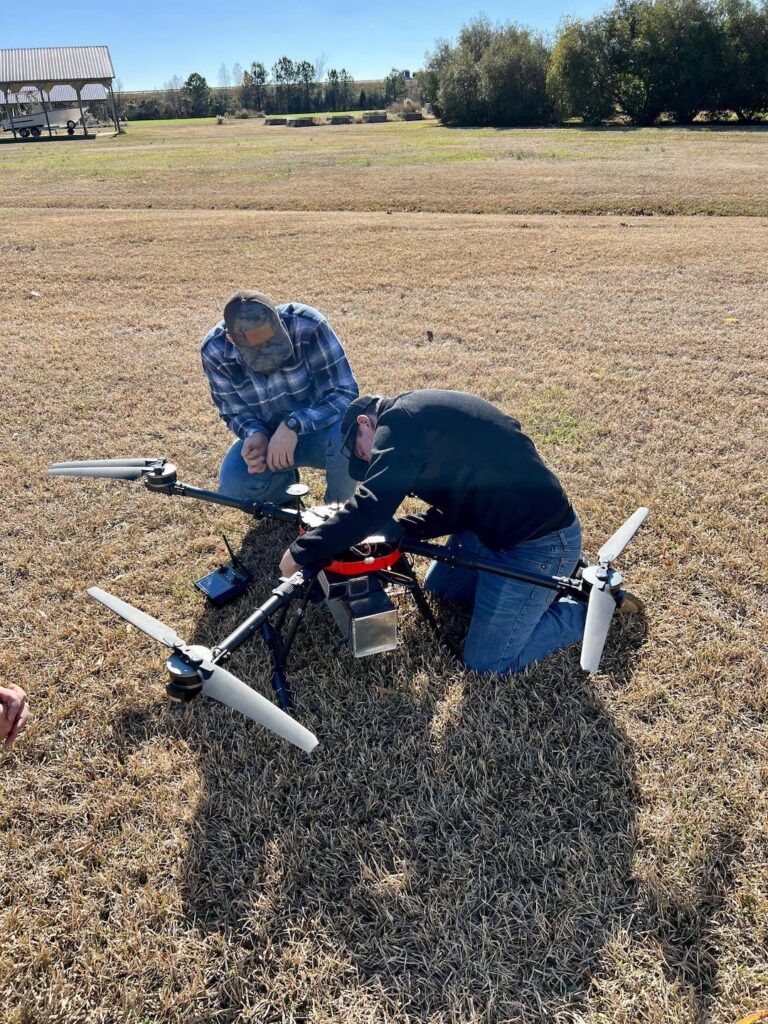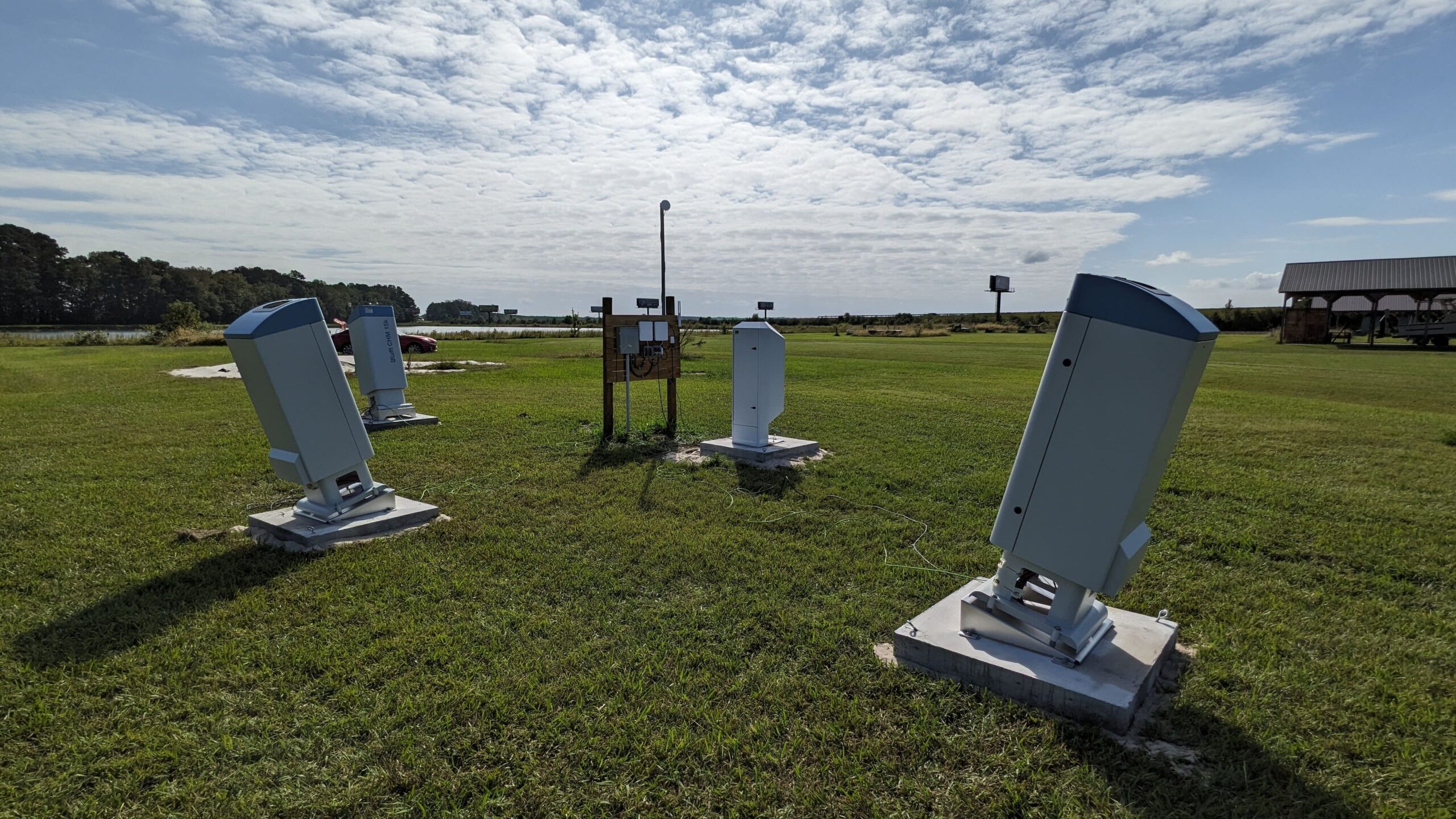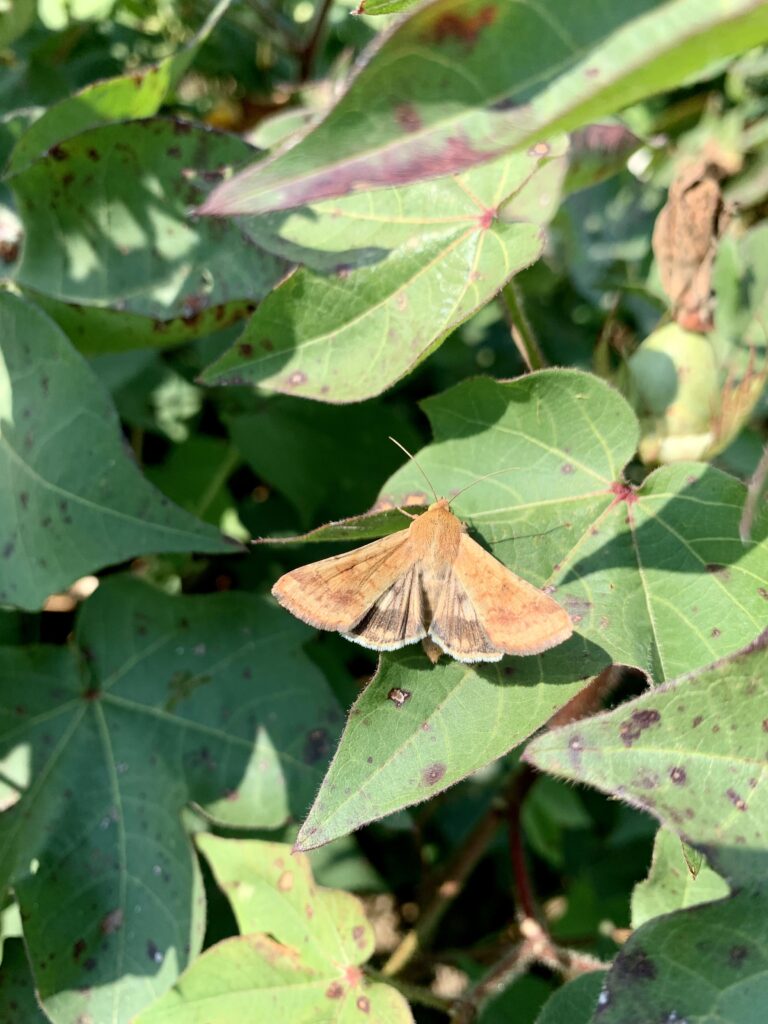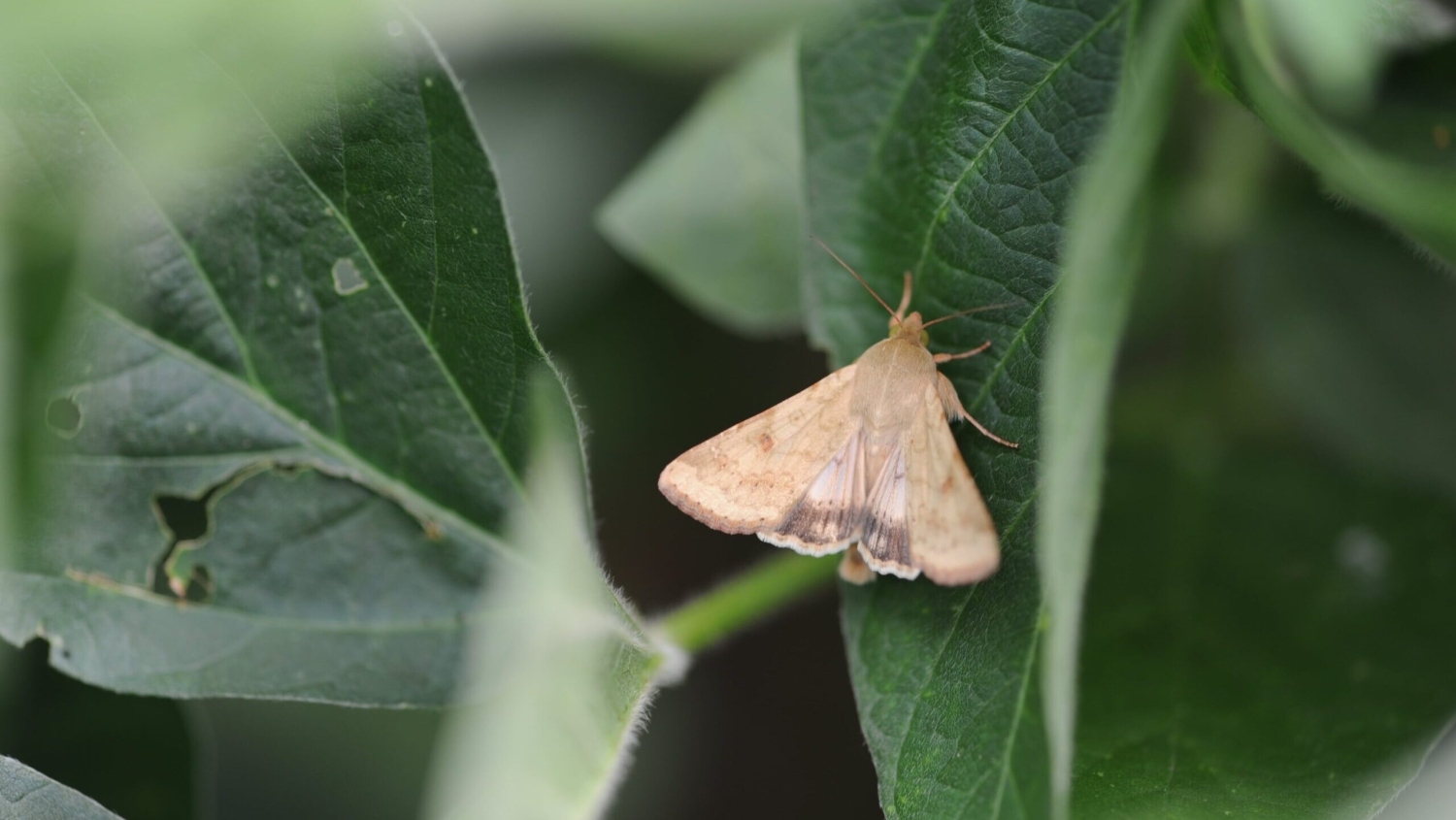The year is 1941. The British military is installing new-age radar systems to detect German aircraft bound for Great Britain, intent on destruction. Fast forward to 2024. Researchers at North Carolina State University are installing advanced laser-based systems to detect another flying foe: moths.
Dominic Reisig, a professor and extension specialist in the Department of Entomology and Plant Pathology, is stationed at the Vernon G. James Center at the NCDA Tidewater Research Station in the northeast corner of the state. As an entomologist, he works with major field crops like corn, cotton, soybeans and wheat in the region of North Carolina where most of those crops are grown. The northeastern region also experiences high pest pressure.
People started using World War II-era radar detection systems to see if they could detect bugs, and it turns out you can.
“If you look at a map of North Carolina, it kind of sticks out in the ocean like a sore thumb. It catches lots of weather, like hurricanes, but it also catches a lot of interesting migratory species,” Reisig says.
Much like migratory birds, moths also have migratory patterns. These moths, and many other flying insects, eventually become major crop pests for North Carolina farmers.
“One of the things I’ve always been interested in is to figure out who’s migrating, when they’re migrating and where they’re coming from,” Reisig says. “People started using World War II-era radar detection systems to see if they could detect bugs, and it turns out you can.”

The piece of radar-like equipment that Reisig uses at the Vernon G. James Center is called a ceilometer, a device often used in the airline industry to measure cloud height with lasers. Reisig is collaborating with Sandra Yuter and Matthew Miller in the Department of Marine, Earth and Atmospheric Sciences in the College of Sciences, to figure out how to program the ceilometer to detect insects. They are also using the equipment to gather meteorological data for their own research.
Miller explains that the ceilometer works by sending a laser beam into the sky, which gets reflected back by the base of a cloud and everything else it encounters along the way, from dust and rain to bugs and airplanes.
“With sophisticated high-speed signal processing, you can work out what amount of the laser’s energy is being backscattered [or reflected] at a given height,” Miller says.
To test whether the ceilometer can detect insects, Reisig and Miller first tried dropping live moths from a drone. However, the moths failed to hit their target—the ceilometer only works if the objects in question pass through its narrow beam.
“It’s like trying to fly through a rope you can’t see,” Miller says.

In the second attempt, researchers dropped confetti from a drone instead. The ceilometer successfully detected the confetti, which proved that it can detect something as small as a migrating moth – if it passes through a beam roughly four inches wide.
When the insects start emerging again this spring, Reisig and Miller hope there will be something about the character of the signal itself that distinguishes a bug from other particles in the air the laser beam might encounter. If migrating bugs do give off a unique signal, the researchers may be able to leverage machine learning to train the ceilometer to automatically identify those signals and perhaps discern one insect species from another.

According to Reisig, getting high-speed internet connected at the Tidewater Research Station made this project possible in the first place. The CALS Information Technology Research Computing Team has been actively working to connect all NC State research stations and field laboratories to high-speed Internet that can process the vast amounts of data generated by faculty.
“We were excited about the possibility of working with Dr. Reisig and Dr. Miller on this project because it illustrates the incredible leverage that technology and digital assets add to a research program,” says Jevon Smith, the research operations manager for CALS. “While my team architected the installation of both the Internet and the ceilometer integration, it wouldn’t have been possible without our partnership with the North Carolina Department of Agriculture and Consumer Services to continue efforts to digitally enable our entire research station network.”
Reisig hopes his efforts to detect insect migrations will one day lead to a detection system that he and other experts can use to alert farmers and provide highly targeted management recommendations. This type of targeted production system is known as Integrated Pest Management (IPM), which aims to control pest pressure through the most economical and least hazardous means possible.
“The basic tenet of IPM is you have to know what you’re working with. Identification is the first step. If we can figure out who’s flying and how many are flying, then we will be better-equipped to tell farmers when to scout, when to spray, and what to spray in a really effective way that promotes IPM,” Reisig says.

Miller says that in addition to detecting bugs, the equipment at Tidewater can be used to improve weather and climate models.
“If there are other people at NC State who could use this equipment for meteorology or migratory birds or whatever else they’re studying, we can all share that information,” Reisig says. “The more people who want to use it, the better it’s going to be for everybody.”
This post was originally published in College of Agriculture and Life Sciences News.



